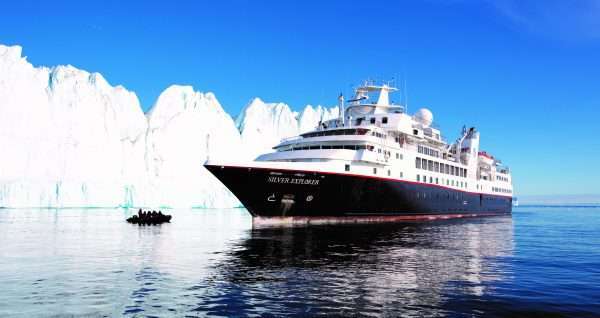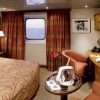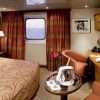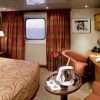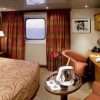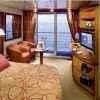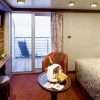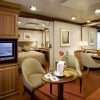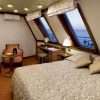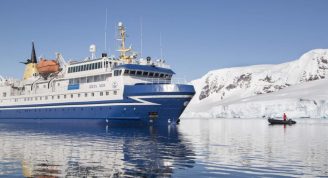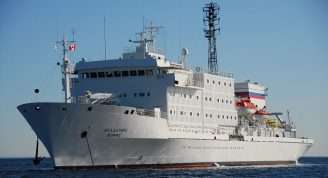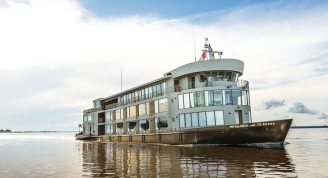Description
Join us to cruise the Chilean Fjords and visit Torres del Paine National Park. You will be amazed by the dramatic scenery and the resilient wildlife of the fjords with a chance to spot killer whales, sea lions and penguins in this wildest of landscapes. Next to Easter Island, Torres del Paine National Park is Chile’s most emblematic national park. Encounter fascinating local cultures against the backdrop of some of the world’s most breathtaking mountains and deep fjords. Throughout the voyage, learn about the geology, wildlife, history and botany of this spectacular area from lecture presentations offered by your knowledgeable onboard Expedition Team.
Trip Name
Chilean Fjords 13 Days
Days
13
Overview
Vessel Type: Luxury Expedition
Length: 108 metres
Passenger Capacity: 132
Built / refurbished: 1989 / 2008 / 2017
Silversea’s purpose-built luxury Silver Explorer expedition cruise ship has been designed specifically for navigating waters in some of the world’s most remote destinations, including both of earth’s polar regions. A strengthened hull with a Lloyd’s Register ice-class notation (1A) for passenger vessels enables the Silver Explorer Expedition Cruise Ship to safely push through ice floes with ease. A fleet of Zodiac boats (11) allows Silversea Expedition guests to visit even the most off-the-beaten path locations and an expert Expedition Team provides insight and understanding to each unforgettable Silver Explorer luxury cruise adventure.


